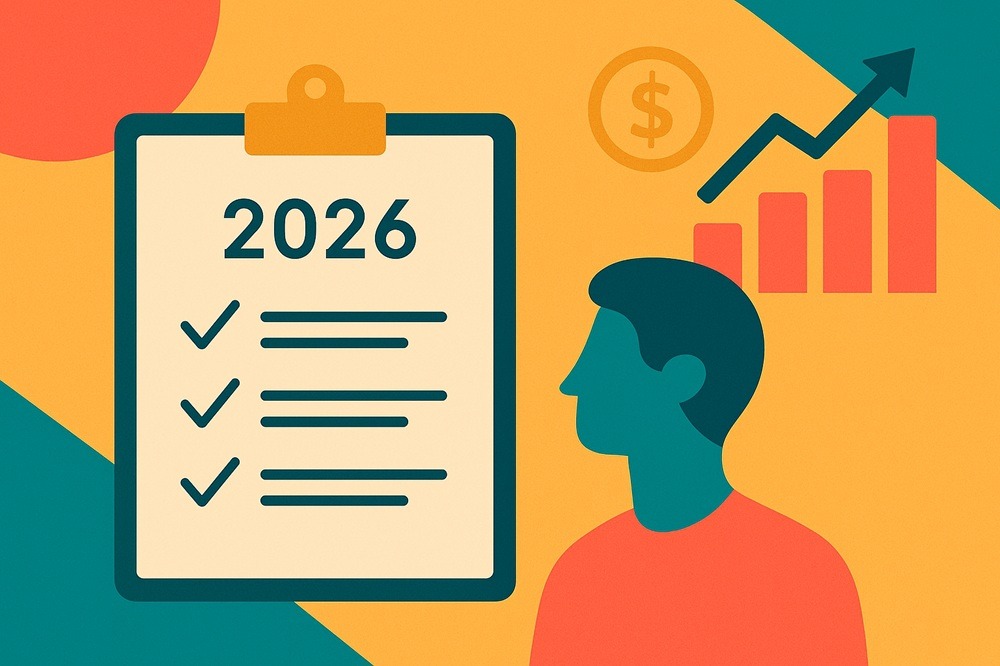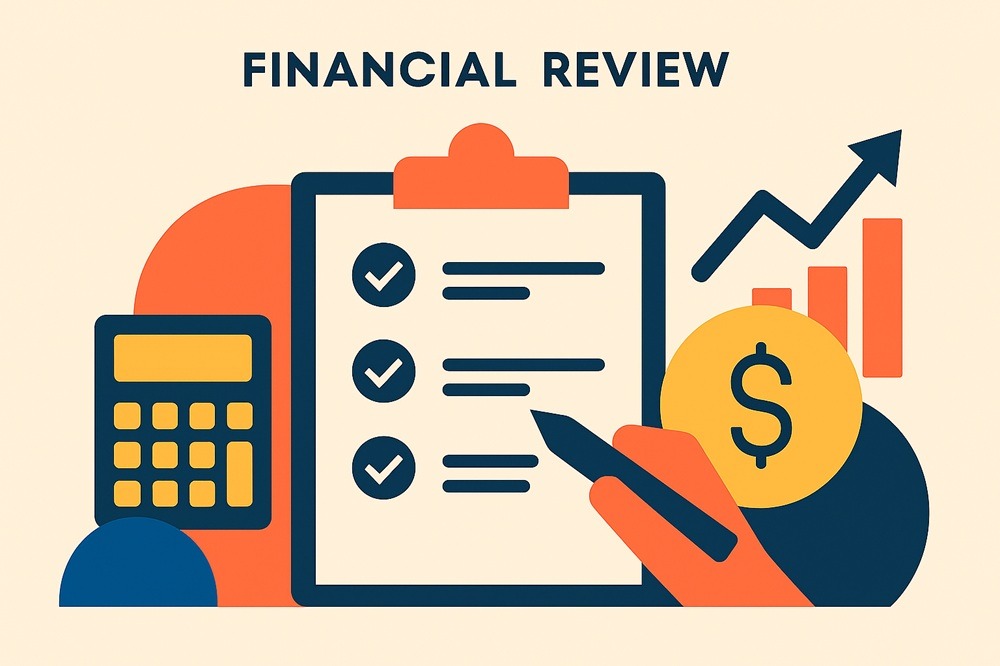More on Budget 2023

Last week we looked at the recent Budget’s ‘big picture’ – the unexpected surplus of $4 billion. This week, we take a closer look at some of the specific announcements. There were no really ‘big’ announcements (other than the surplus); rather there were a suite of smaller changes.
Welfare Spending and Spending Targeting Low Income Recipients
The Budget announced some new items of or changes to welfare spending. These included:
- An increase of $20 per week in the standard jobseeker rate for unemployed people. The standard rate for a single adult will now become $733 per fortnight. The current unemployment rate is around 3.5%. However, that will almost certainly increase. The Governor of the RBA has stated that, if by the time Australia’s inflation rate falls below 3% again the unemployment rate has only risen to 4.5%, that will be a good result.
- In addition, recipients of Jobseeker aged over 55 will receive a further $26 extra per week. In total, they will receive an additional $46 per week.
- Austudy and Youth Allowance payments will also rise by $20 per week.
- People with chronic illnesses will be able to double the amount of medication that they purchase at any given time, from a maximum of one month’s supply to two month’s supply. The price will stay the same, meaning that the effective cost of the medication is halved.
- Subsidies for electricity bills will be made available to people on Commonwealth benefits. These subsidies will be paid directly to the distributors and the specific amount of the subsidy will vary in each state and territory. As this will reduce the amount of the actual bill sent to recipients, the Treasurer argues that it will put downward pressure on the CPI figure.
- People receiving the single parent Centrelink benefit will now be able to continue receiving that benefit until their youngest child turns 14. The current ‘cut-off’ is the youngest child turning 8. 91% of the recipients of this benefit are women.
Superannuation
There have been a couple of ‘biggish’ changes announced to superannuation:
- From 2026 (so, not particularly soon), employers will need to send super contributions to their employees’ super funds each payday. The current rules allow employers to send these contributions to funds on a quarterly basis. This will have a slightly elevating effect on average super balances, and therefore average earnings on those balances. It will also make it clearer to employees if employers are not paying contributions on their behalf.
- From the middle of 2025, earnings on super balances over $3 million will be taxed at 30%, rather than the current 15%. Earnings on the ‘first’ $3 million of benefits will still only be taxed at the concessional rate of 15%. Couples can have up to $3 million in super each before either of them start paying the 30% tax rate. But if one member of the couple has more than $3 million and the other member has nothing in super, the extra tax is still payable.
Small Business
There is a small range of assistance for small businesses (defined as businesses with a turnover of less then $50 million per year). These are:
- An energy incentive that allows businesses to claim back 20% of the cost of purchasing items that either (i) move the business towards the use of electricity-powered items or (ii) see the business purchasing more efficient electricity-powered items.
- Small businesses will also continue to be able to access the instant write-off for assets up to $20,000 in value. This has been a feature of the last several Commonwealth budgets.
Homeowners
Homeowners can access a program to receive low interest loans to improve the energy efficiency of their homes. Things like double glazing windows, etc.
Taxpayers
Unusually, there were no major changes announced in the way taxes are imposed. There will be some extra compliance work done around the collection of GST.
The NDIS
Similarly, there were no major changes announced to things like NDIS eligibility, which is an area of Government policy that can cause anxiety in the disabled community. The Government has announced that it will be seeking to cap growth in the program at 8% per year from mid-2026. But 2026 will be the 13th year of operation of the NDIS, so it is quite likely that a flattening in growth would have occurred by then automatically. What’s more, annual growth of 8% still sees the program doubling every 9 years. So, this is not in any way a drastic cut.



